Now I know everyone here is a science person and historical facts might not be ones forte, but since this whole experiment has been about growing sourdough starters, and having the experimental starter be that of the addition of the cucumber, I think its about time that we learned some history about the cucumber itself. So, lets learn some history!
Where is the Cucumber From?
The cucumber is from the Cucuritacee family, which has other members of fruits and vegetables including that of watermelon, pumpkin, and squashes. The cucumber itself is native to Asia, specifically that of India, where it was first domesticated and added into their rich cuizine (by taking the incredibly sour wild strains of cucumber and breeding them to be sweeter). Today, the cucumber is one of world’s oldest and most popular vegetables (scientifically its technically a fruit), with it being over 4000 years old.
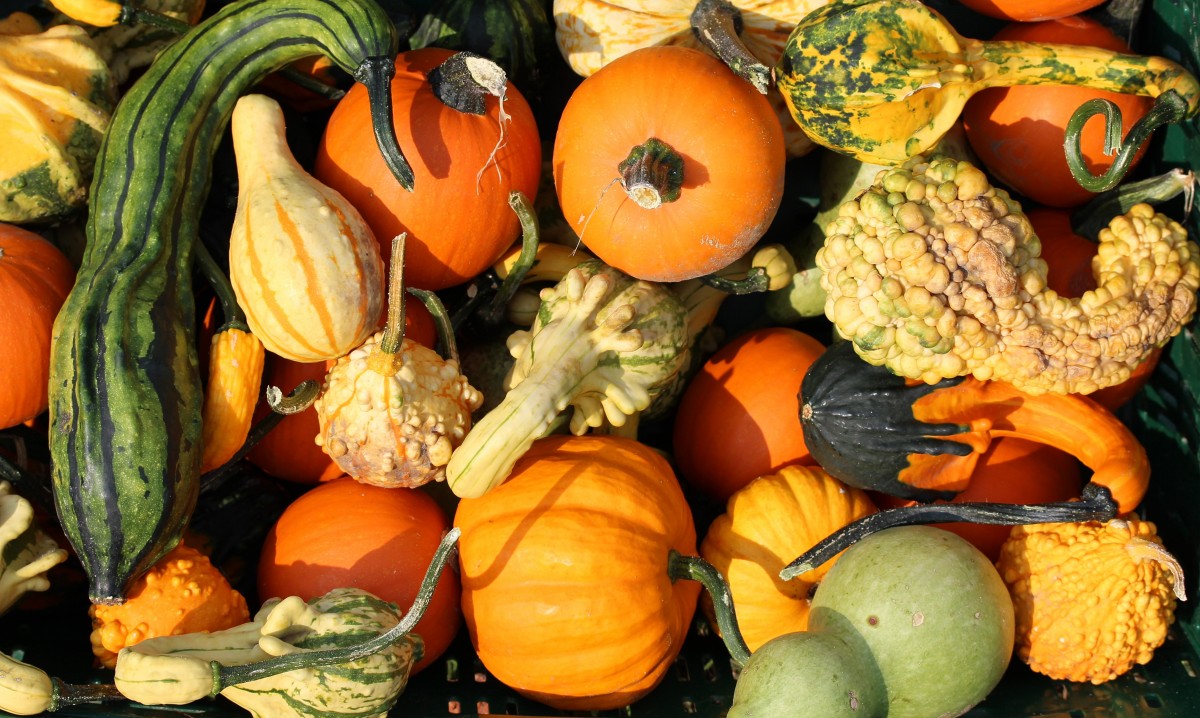
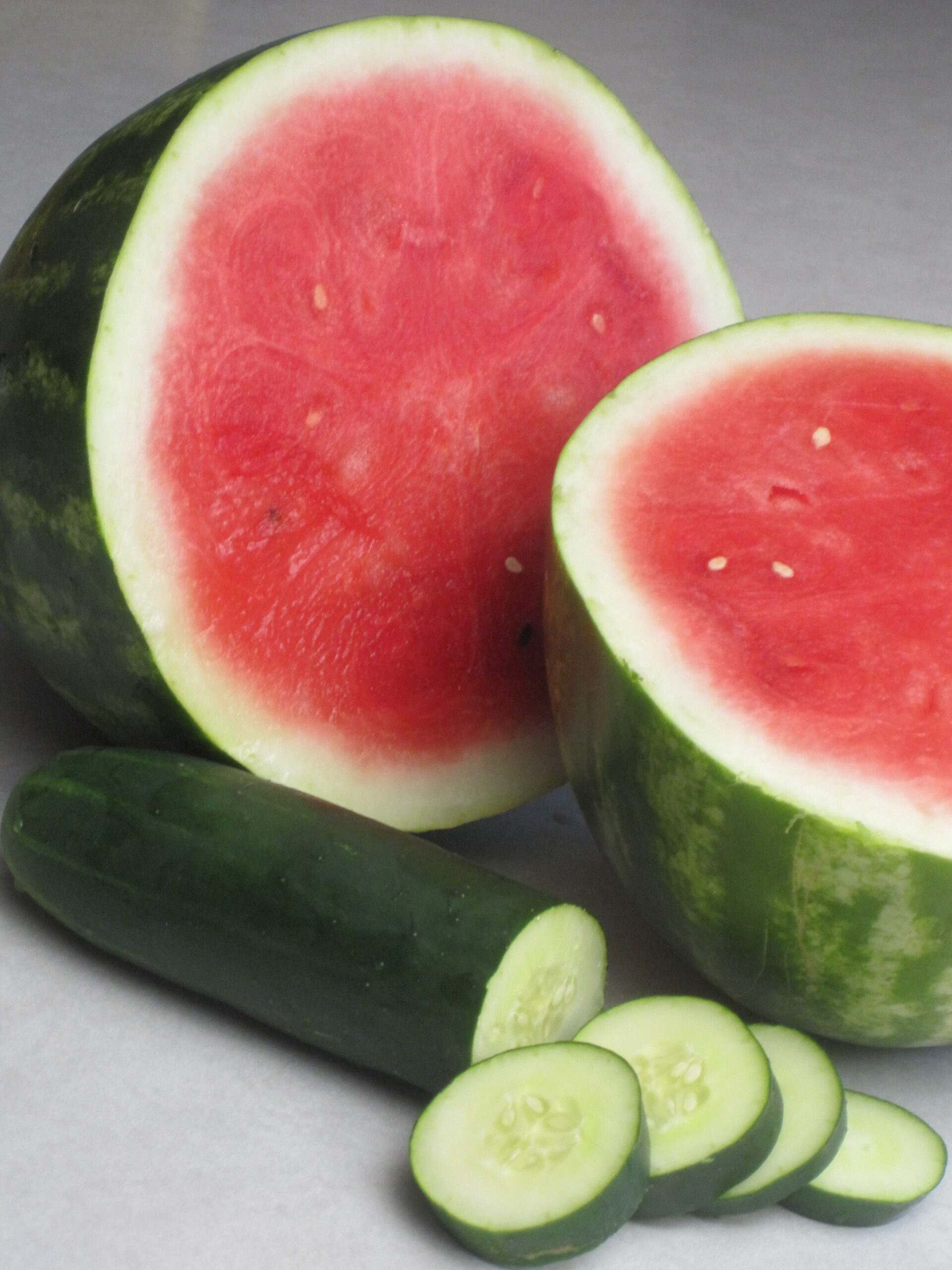
Now Lets Talk Some History
Believe it or not, cucumbers, as mentioned in the Bible itself, were cultivated in Ancient Egypt and even used at the time to make a mild liquor by liquifying the middle of the cucumber through a hole with a stick, and then burying the cucumber in the ground for a few days to only be consumed later (please do not try this at home). Later on, the cucumber spread to Greece and Rome, and as the Emperor Tiberius of Rome himself, due to his fascination and almost worship of the cucumber, has been said to have requested cucumbers to be at his every meal. Those requests for specifically the cucumber resulted in the making of the first structures related to that of today’s cold frames so that the Emperor could have cucumbers year round. Due to how easy it was to produce large quantities of the fruit and the production of the first form of the cold frame, it was in Rome where cucumbers were truly enjoyed by nobility and lower classes, and their popularity in Europe originated, erupted, and spread from there until the eventual fall of Rome. It was during these early times throughout Rome’s existence in which the cucumber was first used for its ‘medicinal’ properties, that of treating scorpion stings, bad eyesight, and supposedly help those women who were trying to conceive. As time passed on, the cucumber spread to Italy and then England during the reign of Henry the 8th, as his queen required the fruit for her Spanish salads. What a royal fruit the cucumber is, getting a front row seat at numerous royal feasts and occasions!
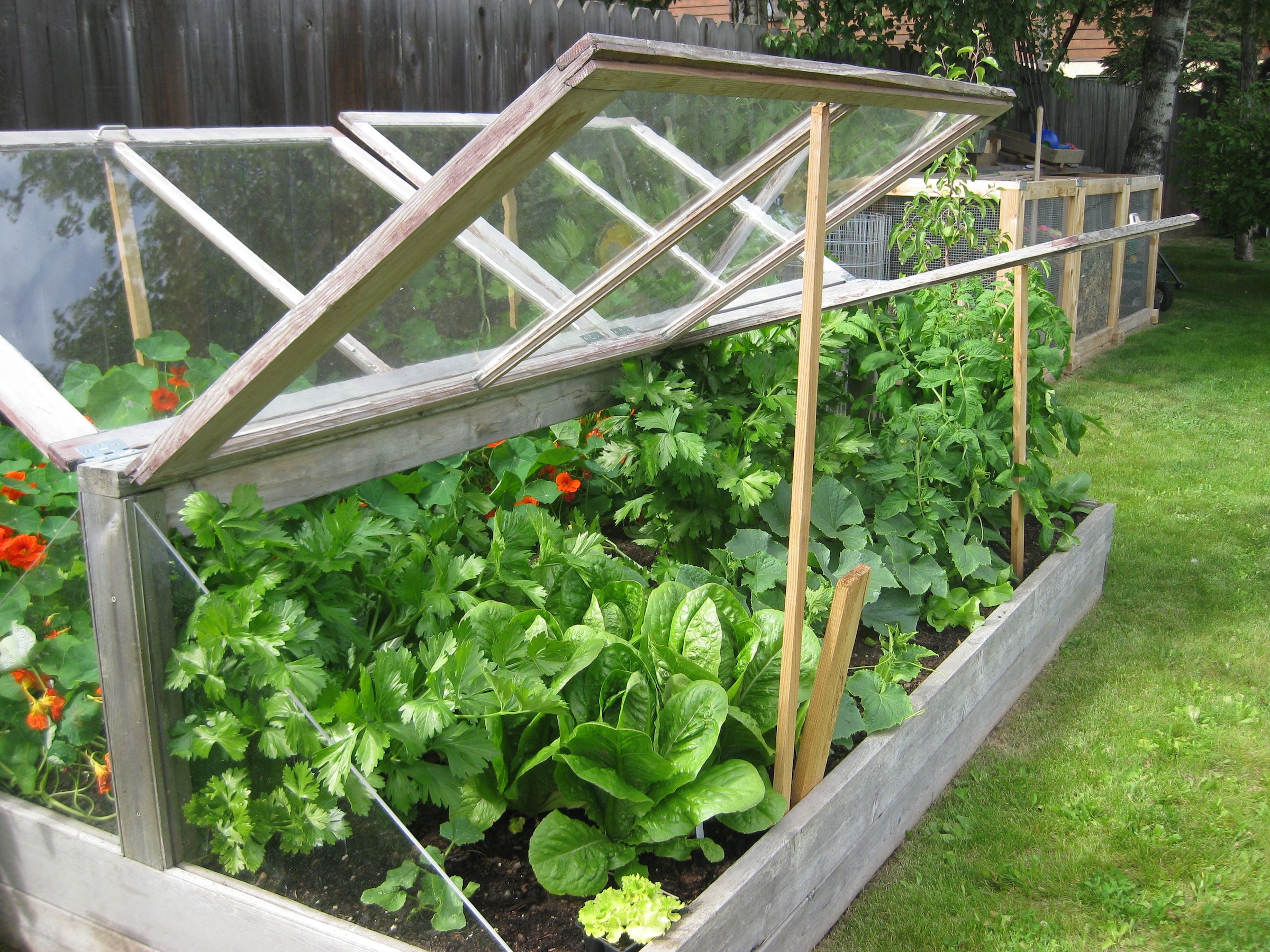

During the age in which persons began travelling and colonizing new land, Columbus brought many vegetables/fruits, including that of the cucumber to the new world and by the year 1806, over eight different varieties or strains of cucumber could be found being grown throughout colonized American land. In terms of domesticating of the cucumber in America, breeders selectively bread the cucumbers over time so that they not only grew well, but were sweeter as original cucumbers were considered for a time dangerous to eat due to their bitterness, a result of cucurbitacin’s which naturally repelled insects and other pests, which made people question whether they should be eaten raw along with that of other produce products; however, while those threats were eventually deemed irrelevant, it did hinder the cucumber’s popularity until the 19th century.
How did the Cucumber Gain Popularity in America?
While cucumbers became popular as they were spread across the world from their native origin in Asia, a couple major findings about the cucumber increased its popularity rapidly throughout America. The first of that being its ‘medicinal’ values. While the cucumber itself has been found to have moderate levels of phyto-nutrients, before that was known, fever patients in America would be prescribed to place cucumbers on their forehead; this was because the cucumber has reputation of never ‘loosing its cool’ due to its impressive water retention capabilities; while the cucumber itself does not actually have any significant medicinal properties, many believed that it did. Ever heard the phrase ‘cool as a cucumber?,’ that is where it came from.
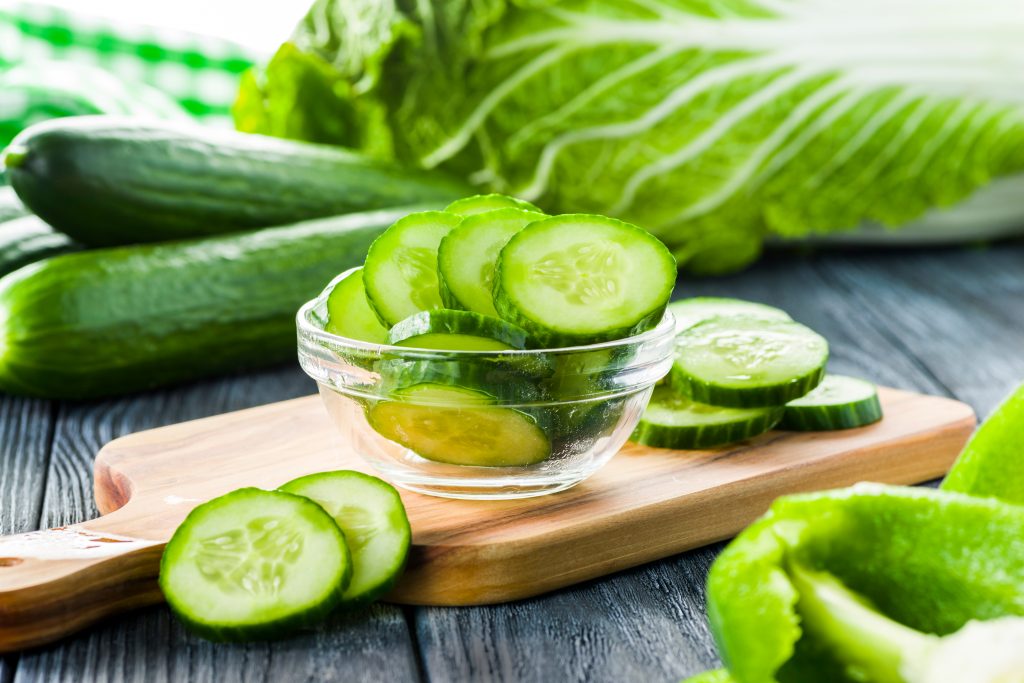
What was the second big thing that increased the cucumbers popularity you may ask, well pickles of course! Each cucumber falls into one of two groups, larger slicing cucumbers that are meant to be eaten fresh from the outdoors and in homemade salads, and smaller cucumbers that can be used specifically for pickling. In 1876, Henry Heinz started adding pickle production to his list of products, began selling them in stores throughout the country, and by the end of the 19th century, pickles were an enjoyed addition to foods across the country and can still be found in about 70% of American households today.
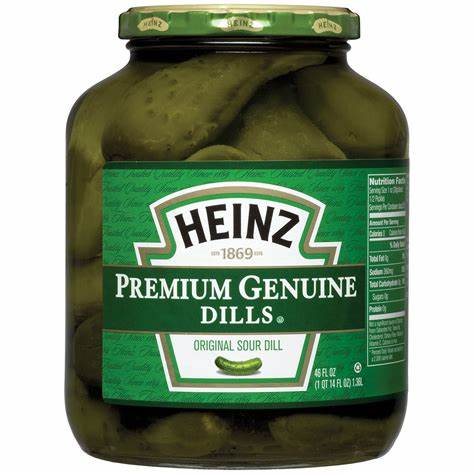
Well, I appreciate all of you who decided to join me in learning a little about the origins of the cucumber, where they were first domesticated, and the cultures in which have appreciated the coolness of the cucumber over their long lifespan, on top of all the other little tidbits found throughout the blog. I hope that you guys stay with me throughout the coming weeks to learn more about my experiment, and I hope that while this was more of a history blog, that you found the provided history of the cucumber interesting and entertaining!
Sources
- Photos:
- https://theselfsufficientliving.com/cold-frame-plans-easy-build/
- https://pxhere.com/fr/photo/933580
- https://www.daily-harvest.com/browse/smoothies?matchtype=p&utm_source=bing&utm_medium=cpc&utm_campaign=Bing_Non-Brand_Smoothie_General&utm_content=Bing_Non-Brand_Smoothie_Recipe_P&utm_term=smoothie%20recipes&coupon_code=go25&msclkid=070740660ae41ad48b431f3dce6becb7
- https://en.wikivoyage.org/wiki/Voyages_of_Columbus
- https://columbiametro.com/article/cool-as-a-cucumber/
- https://www.heinz.com/product/00013000005975
- https://www.italyinlimo.com/rome-tours/ancient-rome/
- Information:
- https://ipm.missouri.edu/meg/2014/3/Cucumber-A-Brief-History/
- http://www.vegetablefacts.net/vegetable-history/history-of-cucumbers/
